Renaissance Mathematicus friend, Michael Barton, expert for all things Darwinian, drew our attention to a new piece of history of science hot air from the HISTSCI_HULK’s least favourite windbag, Neil deGrasse Tyson. This time it’s a clip from one of his appearances on the podcast of Joe Rogan, a marriage made in heaven; they compete to see who can produce the biggest pile of bullshit in the shortest time. NdGT is this time pontificating about Galileo and the telescope. This is particularly interesting, because the topics he touches on are well documented in easily accessible sources, so it would really be not particularly difficult to gets the facts right. But motormouth Tyson doesn’t give a shit about getting his facts right, he just spews out some bullshit to impress the gullible punters.
I have transcribed what he says in this brief clip, so let us examine it:
Galileo perfects the telescope. He looks up and says whoa I see craters, mountains, valleys on the Moon, the Sun has spots, Venus goes through phases. This became the corpus of evidence for Earth going around the Sun in support of Copernicus’s idea that Earth goes around the Sun. My point is, what was the second thing he did with his telescope? He contacted the Doge of Venice, invited him to the clock tower and said, look at what this instrument can do for you, as we look out into the lagoon you can identify a ship’s intentions friend or foe by its flag 10 times farther away than you can with the unaided eye. Venice bought a boatload of these telescopes in the service of their military defense, and this was a source of money to Galileo, now he can go and look at the Universe.
I will excuse Tyson his, “Galileo perfects the telescope,” as it is a very widespread misconception that gets constantly repeated by numerous people, many of whom should know better. There was no fundamental optical difference between the instrument that Hans Lipperhey (c. 1570–1619) demonstrated in Den Haag to the Court of Prince Maurits of Orange during the last week of September 1608 and the various instruments that Galileo constructed. The only difference was that Galileo, probably by a process of trial and error, increased step by step the magnification of his instruments by using lenses of different focal lengths. A process that a substantial number of telescope users went through at the same time. A worse version of this false claim is that Lipperhey’s instrument was merely a toy and Galileo made a “real” instrument out of it. Lipperhey’s spy glass was a proper optical instrument, the military potential of which was instantly recognized during his demonstration. To use the words perfect or perfection in connection with any of the early Dutch or Galilean telescope is perverse as they were, due to the poor quality of the glass and of the lens grinding and polishing, of fairly miserable quality. As I have said on numerous occasions the quality was so poor that it was a miracle that anybody discovered anything at all with them.
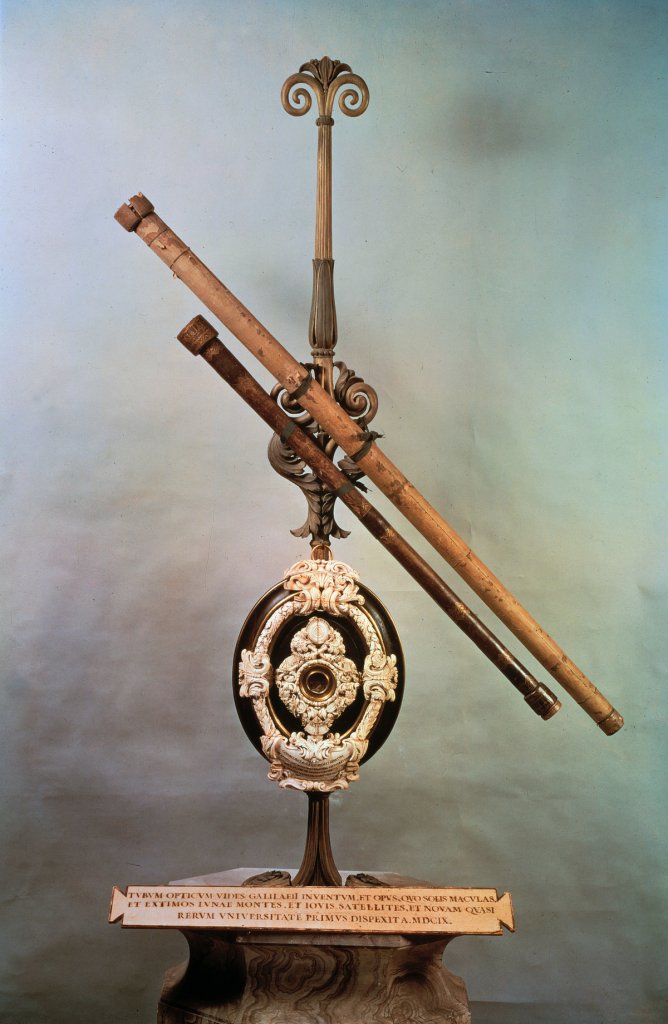
Tyson now makes two general claims, firstly stating some of the things that Galileo discovered with his telescope and secondly his demonstration of the telescope to the Doge and Senate of the city of Venice. He introduces the second as follows, “My point is, what was the second thing he did with his telescope?” this is completely arse backwards.
Galileo dismissed the first account that he had read of the telescope, and it was only when Paolo Sarpi drew his attention to the telescope and almost certainly showed him one, according to the most recent research by Mario Biagioli, that he took up the challenge of trying to construct one himself. By August 1609 he had succeeded in constructing an instrument with a magnifying factor of nine and it was this instrument that he demonstrated to the Doge and Senate on 21 August pointing out its advantages for a sea going nation like Venice. On 24 August he formally presented this instrument to the Doge and Senate. In the early seventeenth century patents as we know them didn’t exist and it was perfectly possible for someone to be regarded as the local inventor of an instrument and to receive an exclusive license for the area of jurisdiction of the local authority, it was this status that Galileo claimed for himself, but which on 24 August he formally signed over to the city state of Venice. This is documented in writing. In exchange for having signed over his rights to the telescope Galileo had his appointment as professor at the University of Padua confirmed for life and his salary increased to one thousand scudi pro year, a princely sum for a university professor. Particularly for a professor of mathematics, who were at the very bottom of the university status and pay hierarchy. When the state discovered that they had been basically gulled by Galileo and that telescopes could be bought on almost every street corner in Europe they were less than happy but did not revoke his rewards. Galileo repaid their generosity by beginning plans to leave Venice and return to Florence.
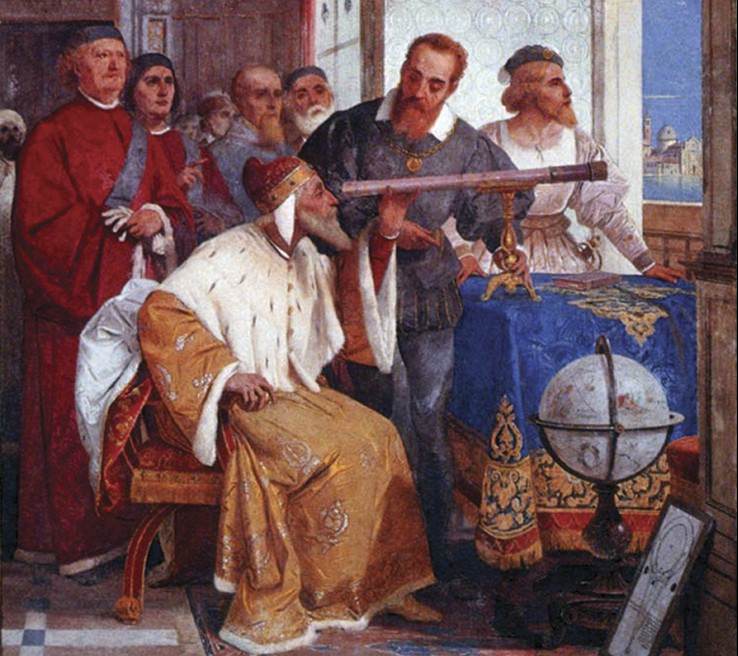
Galileo was required to keep the technical knowledge of his telescope, now the legal property of the state, secret and the only technical description that we have of his instrument in contained in one of Sarpi’s private letters, he, probably, having been commissioned by the state to examine it on their behalf. There is no record of the city of Venice buying “a boatload of these telescopes” and we only have one single source, a letter from Giovanni Bartoli, the Medici representative in Venice, claiming that Galileo was building twelve telescopes for the senate. Given the situation they would have exchanged hands at something close to cost price. Once the basic structure of the Dutch telescope was known the senate did not need Galileo to manufacture telescopes for them. Venice produced the best glass in the world and was a major European centre for the manufacture of spectacles. Someone who can grind spectacles lenses can also grind telescope lenses.
As far as we know Galileo didn’t start making systematic telescopic astronomical observations until December 1609 by which time, he had succeeded to constructing an instrument with a magnifying factor of twenty. Tyson mentions three of Galileo’s telescopic discoveries, “craters, mountains, valleys on the Moon, the Sun has spots, Venus goes through phases.” Only the first of these, the earth like nature of the Moon, was in the first series of discoveries, which he published in his Sidereus Nuncius in 1610. It is also the only discovery made by Galileo that can be truly credited to him alone. Thomas Harriot had made a telescopic sketch of the Moon before Galileo even had a telescope but had still perceived the surface as flat.
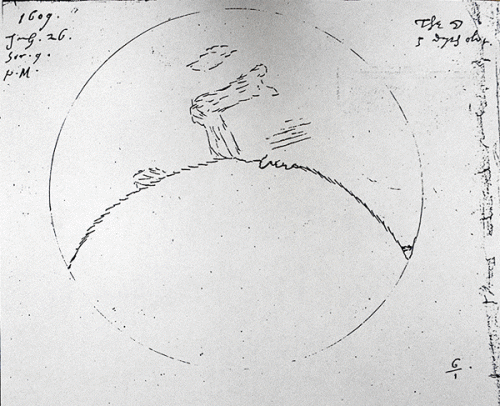
Almost certainly due to his training as an artist, Galileo realized that what he was observing was a three-dimensional surface, which he then displayed in his famous washes in the Sidereus Nuncius. When Harriot, being an early recipient of the Sidereus Nuncius, saw them he immediately realized that Galileo was right and then produced the first fairly accurate map of the Moon.
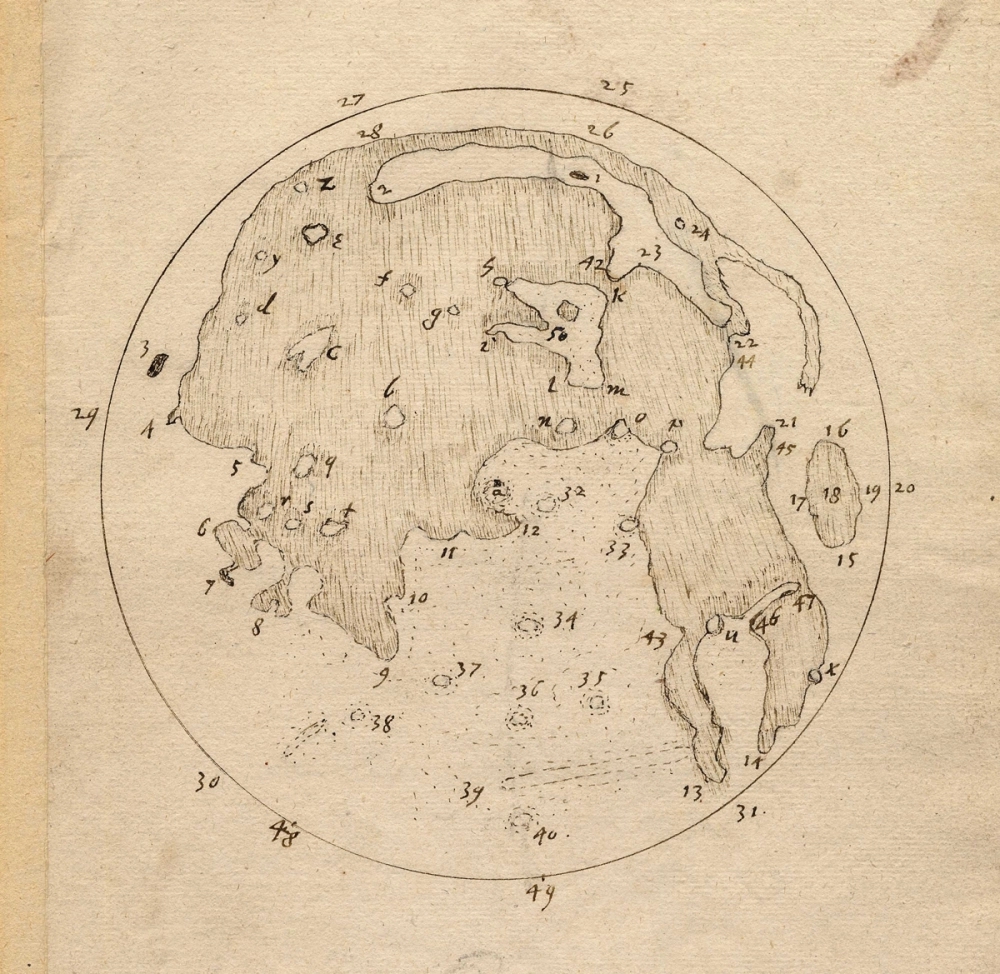
Galileo didn’t produce anything new on the Moon and it should be noted that his washes were more an artistic impression than accurate drawings; the large crater near the bottom in the centre simply doesn’t exist in reality.
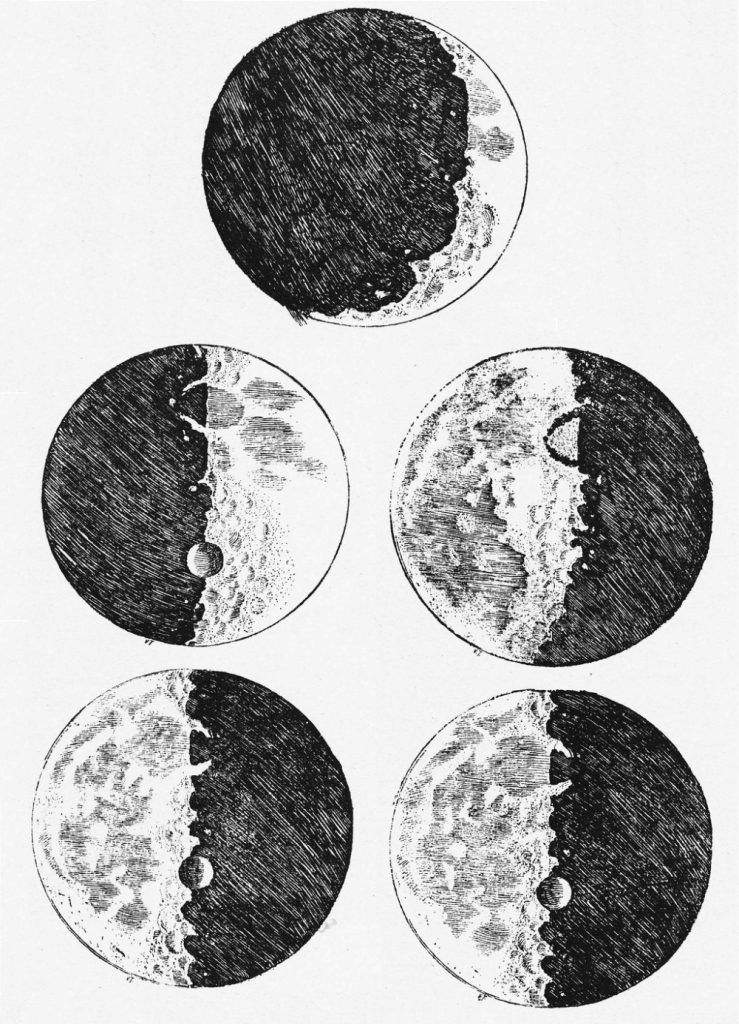
Galileo’s discovery was not as sensational, as it is often presented. That the moon was earth like and that the well-known markings on the moon, the man in the moon etc., are in fact a mountainous landscape was a view held by various in antiquity, such as Thales, Orpheus, Anaxagoras, Democritus, Pythagoras, Philolaus, Plutarch and Lucian. In particular Plutarch (c. 46–c. 120 CE) in his On the Face of the Moon in his Moralia.
It should be noted that Tyson fails to mention Galileo’s most spectacular discovery, the Moons of Jupiter, the reason that he rushed into print with his Sidereus Nuncius, Before its publication Galileo was a middle aged professor of mathematics, as already noted not a prestigious post, in North Italy with a local reputation for his acerbic wit and his indulgence in fine wines, with no publications to speak of. After Sidereus Nuncius hit the streets he became to most famous astronomer in Europe and a celebrated academic.
All the other early telescopic astronomical discoveries were made not just by Galileo but independently by several observers at around the same time, which, of course, Tyson doesn’t mention. The Sunspots were first observed by Thomas Harriot, who, as usual, didn’t publish. The first to publish was Johannes Fabricius, who had observed them together with his father David; this was unknown to Galileo.
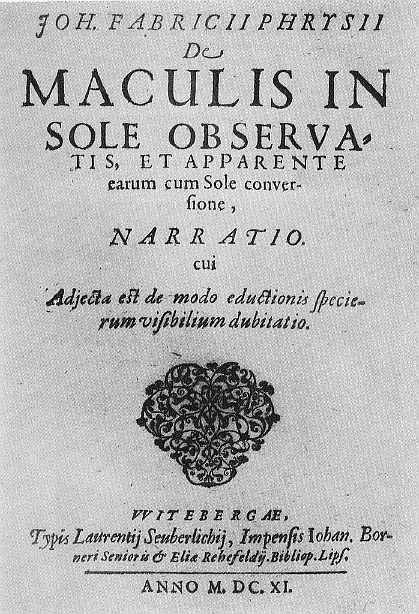
Christoph Scheiner also observed them and made the knowledge public through the standard Renaissance method, the republic of letters, by sending a series of letters to the German banker and astronomer Mark Welser, who forwarded them to Galileo and also published them. Galileo responded with letters of his own claiming to have discovered them first. A claim that can be doubted, as he kept changing the date when he supposedly observed them pushing it back each time. Galileo proved that the spots were actually on the surface of the Sun, whereas Scheiner first thought they orbited the Sun. Once again, as with the Moon, Galileo did little more with the sunspots, whereas Scheiner undertook a major solar observation programme that led to his Rosa Ursina sive Sol, a book on solar astronomy that remained unsurpassed until the nineteenth century.
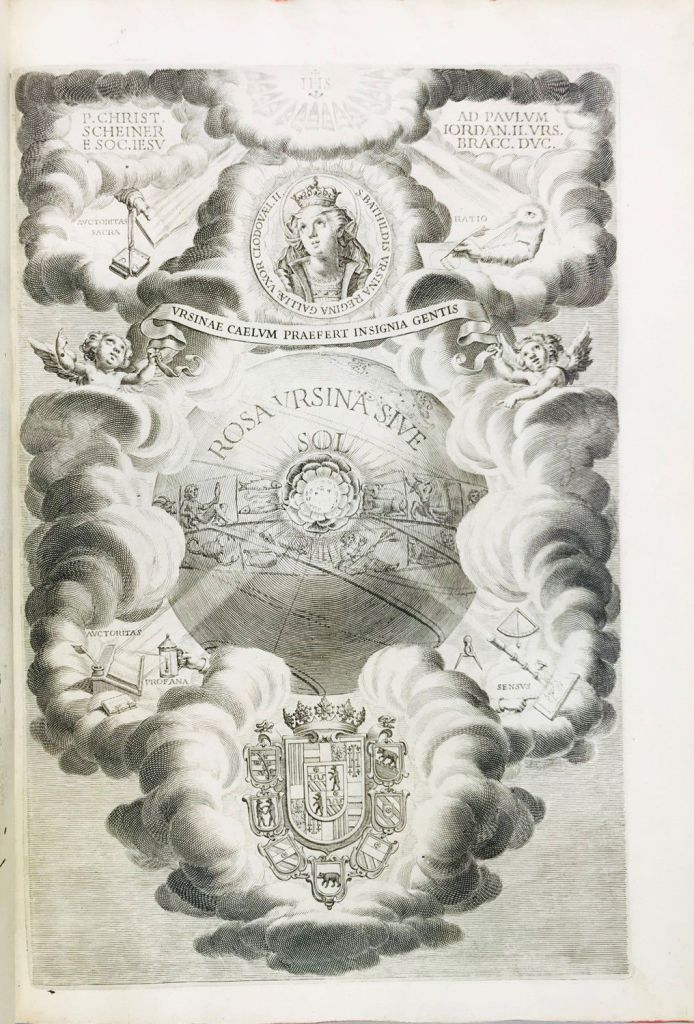
The discovery of the phases of Venus was first made in 1613 independently by four different observers–Galileo, Simon Marius, Thomas Harriot, the Jesuit astronomers of the Collegio Romano–with the latter probably discovering them before Galileo.
Neither the “craters, mountains, valleys on the Moon”, nor “the Sun has spots” became “the corpus of evidence for Earth going around the Sun”, which anybody who gives it two second rational thought would realise. I mean, in what way does did covering that the surface of the Moon is mountainous, or that the Sun has spots provide evidence that the Earth orbits the Sun? Apparently, Tyson does consider rational though necessary before he opens his mouth.
The phases of Venus, that those pioneer astronomical telescopic observers discovered, did show clearly that Venus orbits the Sun. If Venus had orbited the Earth, it would also have had phases, but they would have been different.
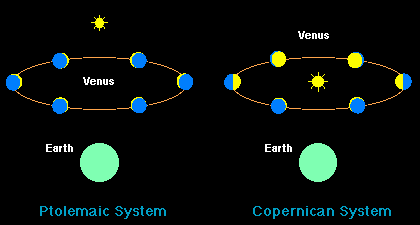
To what extent the discovery was regarded as evidence that the Earth goes around the Sun was an open question at the time. Already in the fifth century CE, Martianus Capella (fl. c.410) had proposed a geocentric system in which both Mercury and Venus orbited the Sun, which in turn orbits the Earth. This was deduced from the fact that, viewed from the Earth, they never stray far from the Sun, they appear on different sides of the Sun at different times, hence Venus as both Morning Star and Evening Star, and the length of their apparent orbit around the Earth is the same as that of the Sun, one year.
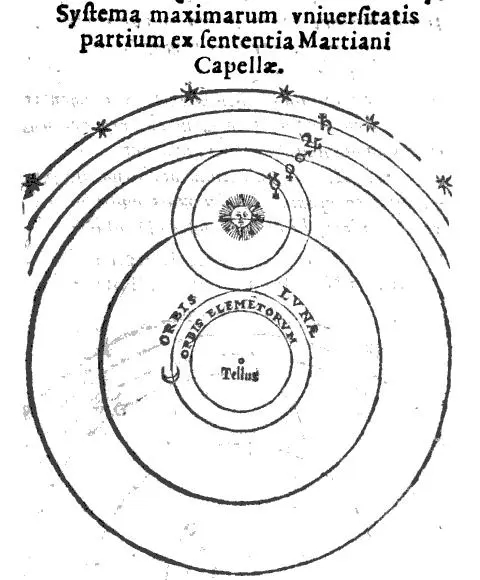
Famously, following the publication of Copernicus’ De revolutionibus, Tycho Brahe and others extended Capella’s concept and developed a system in which all the known planets orbited the Sun, which, in turn, with the Moon orbited the Earth. A geo-heliocentric system, normally named after Tycho, a Tychonic system.
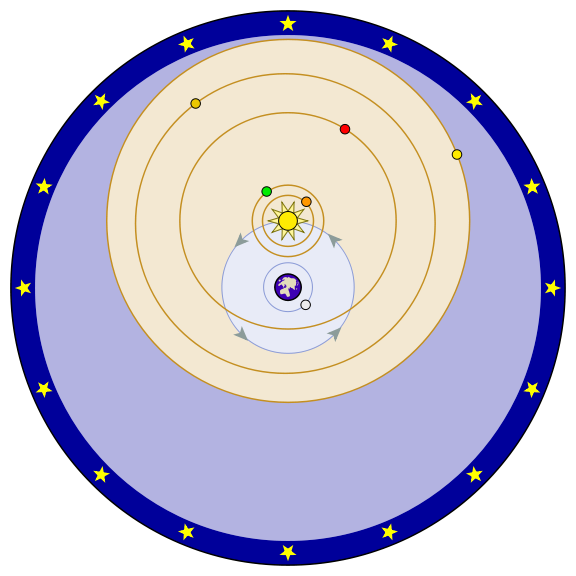
The discovered phases of Venus were conform with both the Capellan and the Tychonic systems and were initially taken as proof of such.
It might appear that I have wasted a lot of words picking to pieces Tyson’s roughly 150-word, off the cuff inanities. However, they stand representative for a very common trend in science communication. Popular figures, with very large audiences, who are venerated as science communicators, of which NdGT is a prime example, spout sound bite version of the history of science that are at best highly inaccurate and at worst simply false. This fuels, what I call, the mythology of science, a discipline that has pretension to being the history of science but is anything but. Because of their popularity and the size of their audiences, who are largely ignorant, in the sense of lacking knowledge, people like Tyson spread this mythology leading to a false public perception of how science arises and how it evolves. The clip, that I quoted at the start of this post, is the preamble to one of the biggest, most pernicious, and most widely propagated myths in the history of science, that Galileo with his telescopic discoveries proved Copernicus right and it was only the religious prejudice of the Church that tried to convince the people that he was wrong, even going so far as to punish him for it.
Me and my #histsci buddy the HISTSCI_HULK have dedicated our lives to trying to rot out the cancer that is the mythology of science. It’s like a giant game of Whac-A-Mole but as long as the moles keep popping up, we’ll keep on bashing them down.